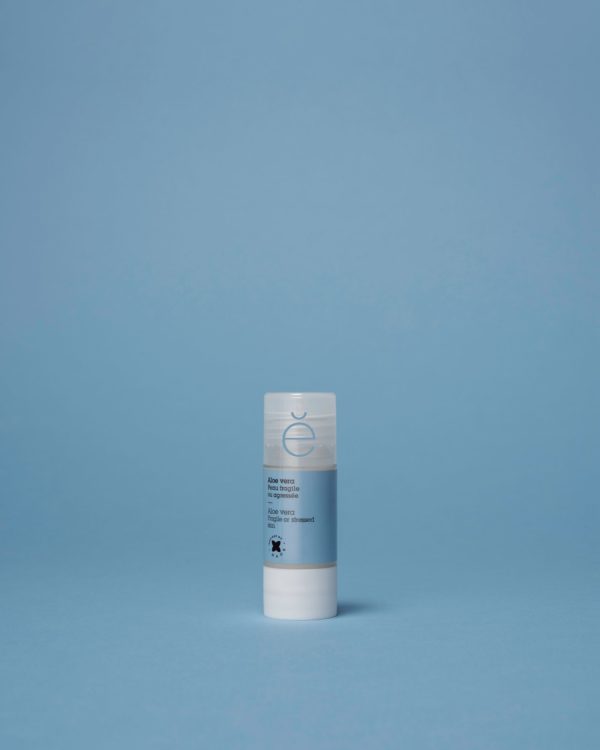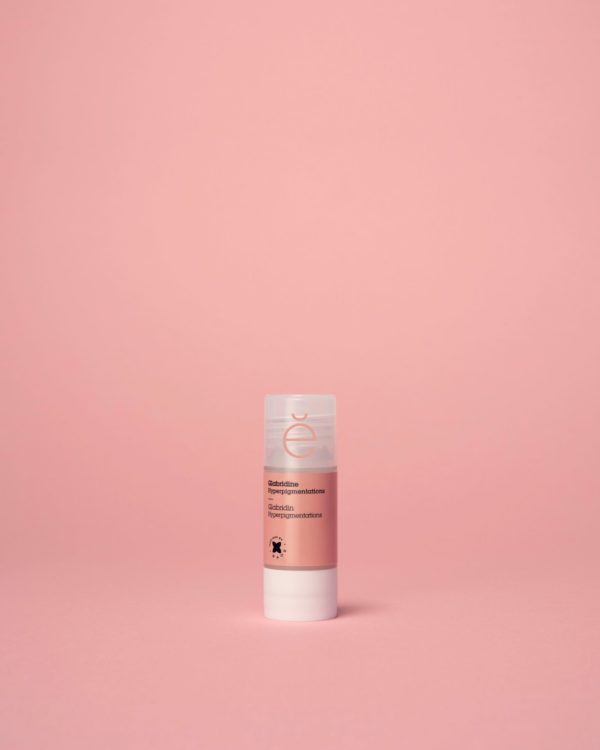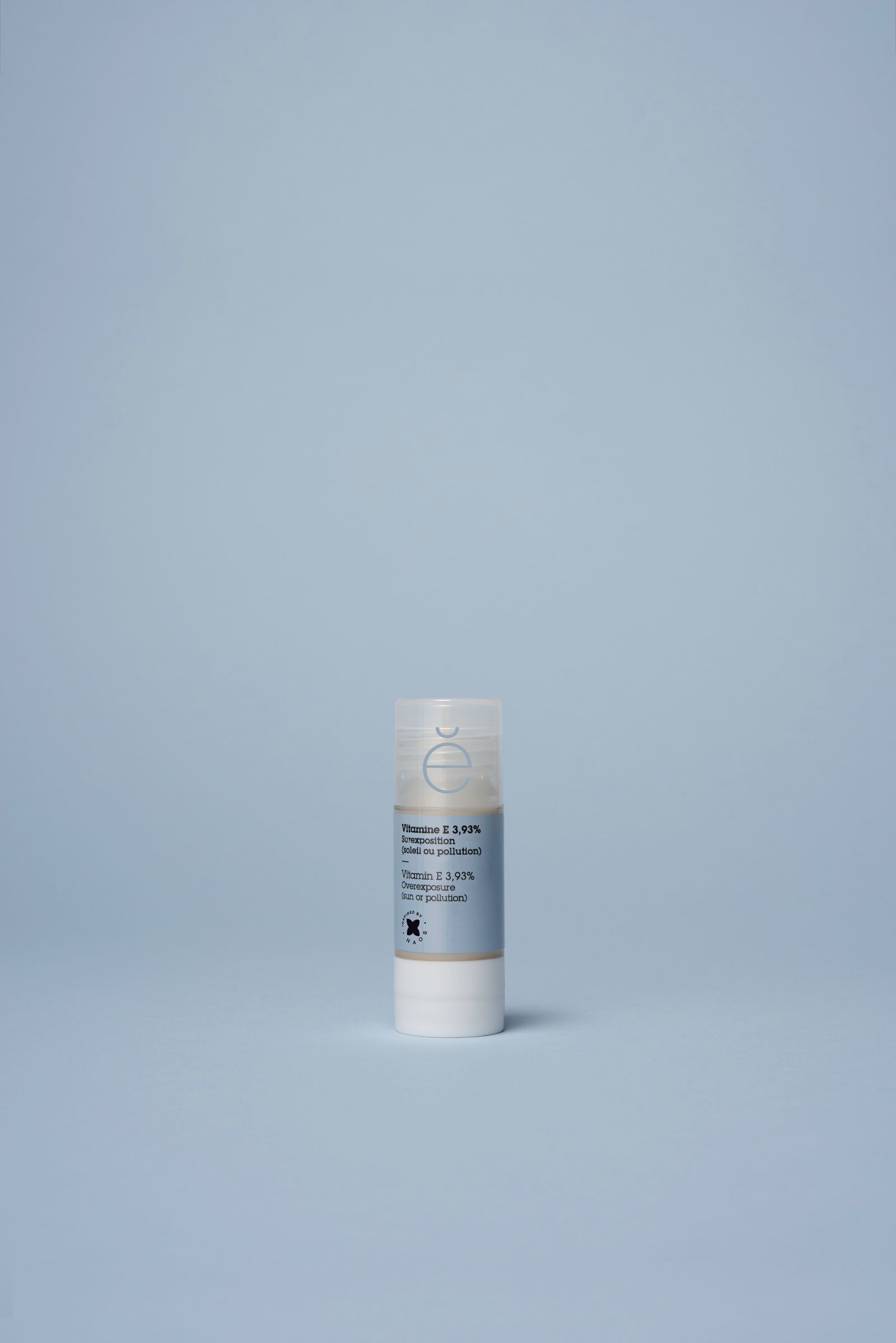


Vitamin E 3.93%
Overexposure (sun or pollution), Adults
Formulated with vitamin E in its most biologically active form (alpha-tocopherol), this pure active is a genuine antioxidant booster for the skin. Acts on free radicals induced by pollution, the sun (UV) or stress.
Alpha-tocopherol’s efficacy has been demonstrated to be 50 times greater when applied topically (to the skin), as opposed to taken orally
- Fragrance-free
- Made in France
- No artificial colouring agents
- Silicone-free
- Tested under dermatological control
- Vegan
-
Protects against free radicals
A powerful antioxidant, vitamin E strengthens the skin’s natural defences against stress and environmental aggressions (pollution, UV*, lifestyle, cigarette smoke, etc.).
-
Protects against skin ageing
Prevents premature skin ageing induced by overexposure (sun,* pollution).
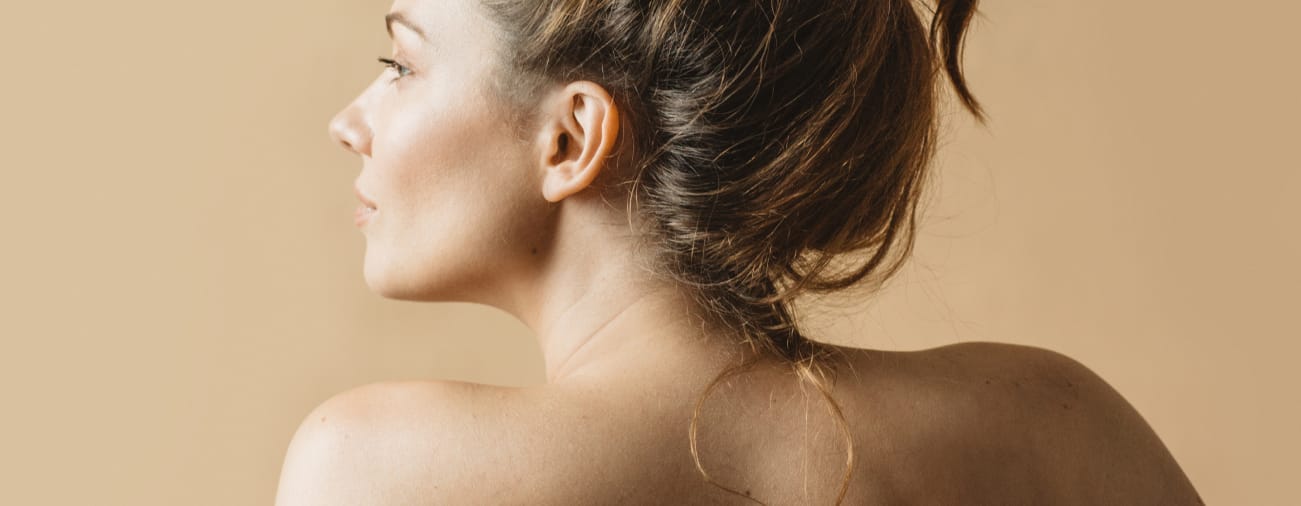
Is this care suitable
for your skin?
-
When
Our recommendation: use as a 4-week treatment for skin exposed to environmental aggressions.
-
Where
Apply to the entire face. Apply to dry, thoroughly cleansed skin.
-
How
Squeeze the base of the bottle and apply 4 drops to the tips of the fingers. Gently smooth and press into the skin.
This product does not contain UV filters and does not replace sunscreen.
Do not use more than 2 pure active ingredients at a time. If you are using 2 active ingredients, you may apply one after the other.
The efficacy of this highly purified and perfectly dosed active ingredient is scientifically proven to help reduce the effects of free radicals on facial skin.
We have added additional ingredients to this active: their exclusive role is to ensure the product’s stability and ability to penetrate the skin (In-Skin patent). Nothing more, nothing less.
Our vitamin E is extracted from sunflower and soya seeds (guaranteed non-GMO and pesticide-free) from India.
For more information on the composition of this product, click:
AQUA/WATER/EAU
What it is?
Water contained in Isodermic Water.
What’s the point?
Contributes to the Isodermic Water patent.
NAOS has designed a perfectly defined water, meeting the three fundamental criteria for physiological fluids: pH, oxidation resistance, and concentration of mineral salts.
It optimises cellular functioning and preserves the balance of healthy skin.
Components contributing to this patent: aqua/water/eau, disodium adenosine triphosphate, carnosine, laminaria digitata extract.
How do you get it?
Mineral origin.
DICAPRYLYL CARBONATE
What it is?
Fatty alcohol derivative.
What’s the point?
Emollient: soothes and softens the skin.
How do you get it?
Combination of fatty alcohol of plant origin, and a synthesised carbonate derivative.
TOCOPHEROL
What it is?
Vitamin E or tocopherol.
What’s the point?
Antioxidant: neutralises free radicals and their harmful effects on the skin.
How do you get it?
Component naturally found in the skin, extracted from vegetable oil.
SILICA
What it is?
Silica.
What’s the point?
Sensory agent: optimises sensory appeal to ensure pleasure of use and a silky feel with a matte finish.
How do you get it?
Mineral origin.
DISODIUM PHOSPHATE
What it is?
Sodium derivative.
What’s the point?
Stabilising: helps adjust the product’s pH.
How do you get it?
Component naturally found in the skin, of mineral origin.
PROPANEDIOL
What it is?
Polyol.
What’s the point?
Contributes to the In-Skin patent.
This patented complex optimises the diffusion of the active ingredient in the skin for targeted action.
How do you get it?
Biotechnology.
Biotechnology uses biological processes, including natural fermentation, to obtain ingredients.
UREA
What it is?
Urea.
What’s the point?
Contributes to the In-Skin patent.
This patented complex optimises the diffusion of the active ingredient in the skin for targeted action.
How do you get it?
Synthesis
To select an ingredient, NAOS can call on synthesis in order to:
– reconstitute a natural molecule without having to extract it from a plant and thus better respect biodiversity,
– obtain a pure, perfectly defined ingredient.
ALCOHOL
What it is?
Wheat alcohol.
What’s the point?
Contributes to the In-Skin patent.
This patented complex optimises the diffusion of the active ingredient in the skin for targeted action.
How do you get it?
Biotechnology.
Biotechnology uses biological processes, including natural fermentation, to obtain ingredients.
C14-22 ALCOHOLS
What it is?
Fatty alcohol.
What’s the point?
Thickening: provides the texture with consistency.
How do you get it?
Obtained from fatty acids extracted from vegetable oil.
CAPRYLOYL GLYCINE
What it is?
Lipoamino acid.
What’s the point?
Stabilising: contributes to the product’s homogeneity or stability.
How do you get it?
Obtained by synthesis from fatty acid extracted from vegetable oil, and synthesised glycine.
MICROCRYSTALLINE CELLULOSE
What it is?
Microcrystalline cellulose.
What’s the point?
Gelling: provides the texture with consistency.
How do you get it?
Wood extraction.
POTASSIUM PHOSPHATE
What it is?
Potassium derivative.
What’s the point?
Stabilising: helps adjust the product’s pH.
How do you get it?
Component naturally found in the skin, of mineral origin.
SODIUM LACTATE
What it is?
Lactic acid derivative.
What’s the point?
Contributes to the In-Skin patent.
This patented complex optimises the diffusion of the active ingredient in the skin for targeted action.
How do you get it?
Component naturally found in the skin, obtained by biotechnology.
Biotechnology uses biological processes, including natural fermentation, to obtain ingredients.
GLYCINE SOJA (SOYBEAN) OIL
What it is?
Soybean oil.
What’s the point?
Nourishing: strengthens the skin’s protective film and the epidermis’s structure by supplying lipids.
How do you get it?
Soybean extraction.
C12-20 ALKYL GLUCOSIDE
What it is?
Fatty alcohol and sugar derivative.
What’s the point?
Emulsifying: enables the formation and stabilisation of an emulsion.
How do you get it?
Obtained by synthesis from fatty alcohols and glucose of plant origin.
XANTHAN GUM
What it is?
Xanthan gum.
What’s the point?
Gelling: provides the texture with consistency.
How do you get it?
Biotechnology.
Biotechnology uses biological processes, including natural fermentation, to obtain ingredients.
CETEARYL ALCOHOL
What it is?
Fatty alcohol.
What’s the point?
Stabilising: contributes to the product’s homogeneity or stability.
How do you get it?
Obtained from fatty acid extracted from vegetable oil.
SODIUM HYDROXIDE
What it is?
Sodium derivative.
What’s the point?
Stabilising: helps adjust the product’s pH.
How do you get it?
Component naturally found in the skin, obtained by synthesis.
To select an ingredient, NAOS can call on synthesis in order to:
– reconstitute a natural molecule without having to extract it from a plant and thus better respect biodiversity,
– obtain a pure, perfectly defined ingredient.
SODIUM STEAROYL GLUTAMATE
What it is?
Fatty acid and amino acid derivative.
What’s the point?
Emulsifying: enables the formation and stabilisation of an emulsion.
How do you get it?
Combination of fatty acid extracted from vegetable oil, and glutamic acid (biotechnology).
COCO-GLUCOSIDE
What it is?
Fatty alcohol and sugar derivative.
What’s the point?
Emulsifying: enables the formation and stabilisation of an emulsion.
How do you get it?
Obtained by synthesis from fatty alcohol and glucose of plant origin.
CELLULOSE GUM
What it is?
Cellulose gum.
What’s the point?
Gelling: provides the texture with consistency.
How do you get it?
Wood extraction.
POTASSIUM SORBATE
What it is?
Sorbic acid derivative.
What’s the point?
Preservative: protects the product from microbial contamination throughout its use.
How do you get it?
Synthesis
To select an ingredient, NAOS can call on synthesis in order to:
– reconstitute a natural molecule without having to extract it from a plant and thus better respect biodiversity,
– obtain a pure, perfectly defined ingredient.
LAMINARIA DIGITATA EXTRACT
What it is?
Brown algae extract.
What’s the point?
Contributes to the Isodermic Water patent.
NAOS has designed a perfectly defined water, meeting the three fundamental criteria for physiological fluids: pH, oxidation resistance, and concentration of mineral salts.
It optimises cellular functioning and preserves the balance of healthy skin.
Components contributing to this patent: aqua/water/eau, disodium adenosine triphosphate, carnosine, laminaria digitata extract.
How do you get it?
Laminaria algae extraction.
CARNOSINE
What it is?
Peptide.
What’s the point?
Contributes to the Isodermic Water patent.
NAOS has designed a perfectly defined water, meeting the three fundamental criteria for physiological fluids: pH, oxidation resistance, and concentration of mineral salts.
It optimises cellular functioning and preserves the balance of healthy skin.
Components contributing to this patent: aqua/water/eau, disodium adenosine triphosphate, carnosine, laminaria digitata extract.
How do you get it?
Component naturally found in the skin, obtained by synthesis.
To select an ingredient, NAOS can call on synthesis in order to:
– reconstitute a natural molecule without having to extract it from a plant and thus better respect biodiversity,
– obtain a pure, perfectly defined ingredient.
DISODIUM ADENOSINE TRIPHOSPHATE
What it is?
Nucleotide (ATP).
What’s the point?
Contributes to the Isodermic Water patent.
NAOS has designed a perfectly defined water, meeting the three fundamental criteria for physiological fluids: pH, oxidation resistance, and concentration of mineral salts.
It optimises cellular functioning and preserves the balance of healthy skin.
Components contributing to this patent: aqua/water/eau, disodium adenosine triphosphate, carnosine, laminaria digitata extract.
How do you get it?
Component naturally found in the skin, obtained by biotechnology.
Biotechnology uses biological processes, including natural fermentation, to obtain ingredients.
Of the 30,000 ingredients approved for use in cosmetics, our formulation charter only includes 150 to keep only those that respect your skin.
Find out more-
What effects do free radicals have on my skin?
Free radicals cause skin structures to degrade, spreading like a chain reaction. It is caused by a number of external (excessive sun exposure, pollution, smoking, etc.) or internal factors (stress, lack of sleep, etc.). This degradation has various impacts on the skin: dull complexion, signs of ageing, loss of elasticity, etc. It is important to use targeted antioxidant products to protect skin from free radicals.
-
What is oxidative stress?
Oxidative stress occurs when the skin is exposed to too many free radicals. It can denature (or oxidise) a number of cutaneous structures, causing a dull complexion and premature ageing. It is important to use targeted antioxidant products to protect skin from free radicals.
-
How can I protect my skin from pollution?
Indoor and outdoor pollutants (fine particles, ozone, nitrogen oxide and dioxide, sulphur dioxide, etc.) have harmful effects on the skin. To remedy this:
1/ cleanse skin well morning and night to remove particles
2/ use targeted skincare that contains lots of antioxidants. Vitamin E is one of the best antioxidants.
3/ protect skin against UV rays which worsen the effects of pollution -
What is the difference between Pure Skincare and Pure Actives?
Pure Skincare products do not contain any active ingredients, to take care of skin every day, without needlessly irritating it. Pure Actives offer a targeted action to treat skin problems when necessary (1 Pure Active = 1 skin issue). Healthy skin with no particular issues does not need Pure Actives.
-
Pure Active: how is this different from a serum?
In terms of the way it is used, Pure Actives are applied like a serum: to clean skin before your face cream, to provide a specific action.
But, unlike a serum, our Pure Actives only contain a single, perfectly dosed, active molecule, which precisely targets a skin issue. This means that they are ultra-safe, since there’s no risk of a cocktail effect (piling up different active ingredients). And our INSkin™ patent helps it to penetrate down to where it needs to be in the skin. -
Pure Active: should I apply it before or after my face cream?
Always before your moisturising cream, but most importantly, always on clean skin. Thanks to their drop-by-drop bottles, Pure Actives are applied in small quantities, where they are needed (see the detailed instructions for each product).
-
What is the maximum number of Pure Actives that I can apply to my skin?
We recommend applying no more than 2 Pure Actives at once to your face (1 Pure Active after the other, to clean skin before applying your face cream). In most cases, the best solution is to treat one problem at a time with a Pure Active. If you apply multiple active substances on your skin there is a risk of over-treating it.
-
How long should a Pure Active be used for?
Pure Actives should be used like a “course of treatment”, for between 3 and 8 weeks depending on the active ingredient and the benefit in question. That’s why we package them in small anti-UV containers suited to short-term use. To ensure they stay effective, you should store them away from heat and light, and for no more than 6 months. You’ll find usage instructions for each Pure Active on the product pages on the site.
-
Do your products contain fragrances?
Our Pure Actives do not contain fragrances, nor do some of the other care products such as the Moisturising Eye Contour Fluid, the Melting Exfoliating Gel and the Express Purifying Mask. The majority of our Pure Skincare products are very lightly scented to make them pleasant to use while being kind to skin. We carefully select our fragrances, which we create ourselves, and make sure they are free from allergens and sensitising substances.
-
Are your products tested on animals?
No, in accordance with the applicable European cosmetics regulations, our products and the ingredients they contain are not tested on animals. Toxicology experts have evaluated our formulas’ perfect tolerance. And, of course, our products are tested under dermatological and ophthalmological supervision if necessary.
-
Do your products contain preservatives?
In order to protect our formulas from contamination, we use the necessary amount of natural preservatives (black radish extract, potassium sorbate or capryloyl glycine). We also use airless bottles, pumps and tubes to limit the risk of contamination, and therefore the quantity of preservatives.
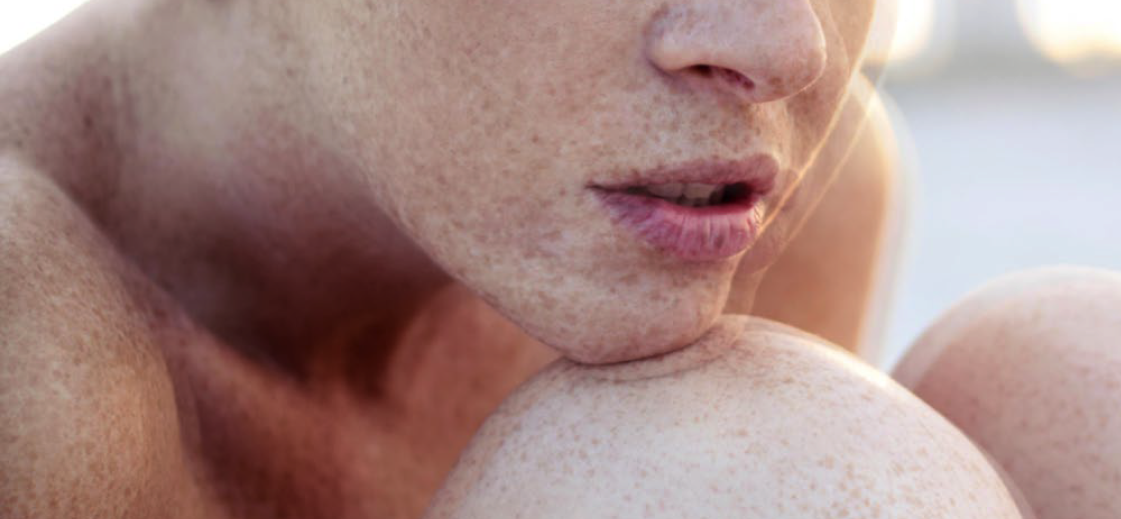
SKIN COACH
Caring for your skin, our skin coaches can guide you.

